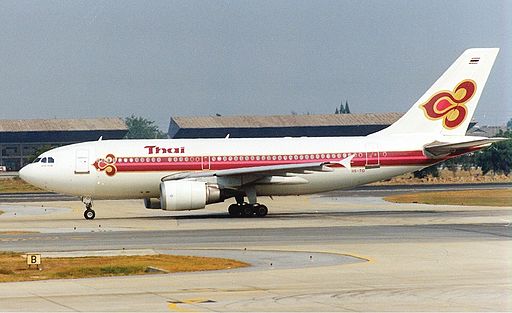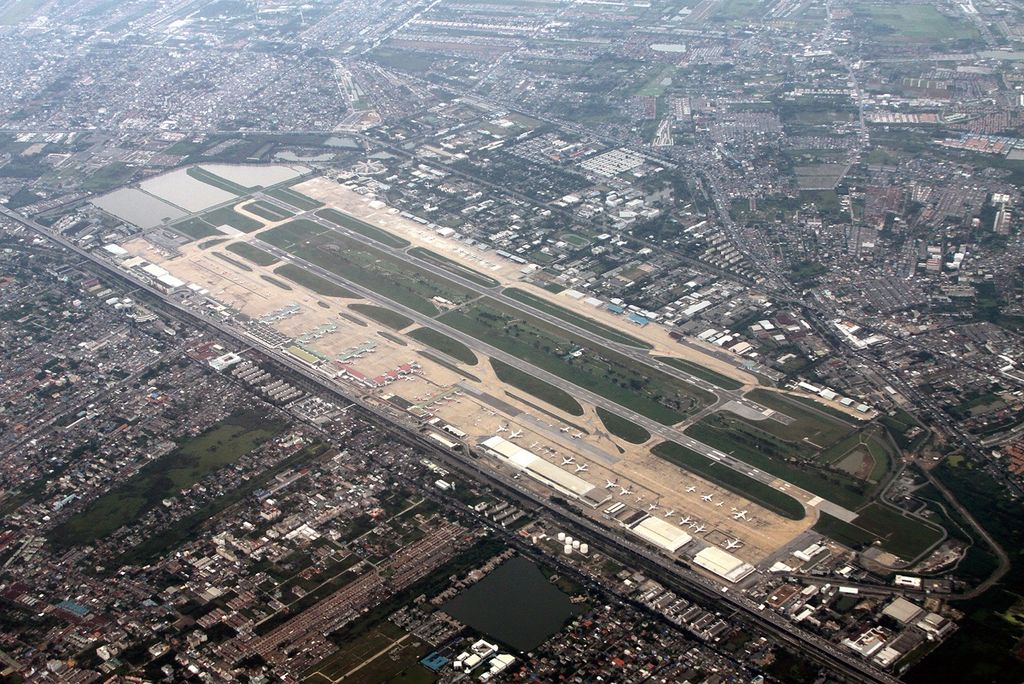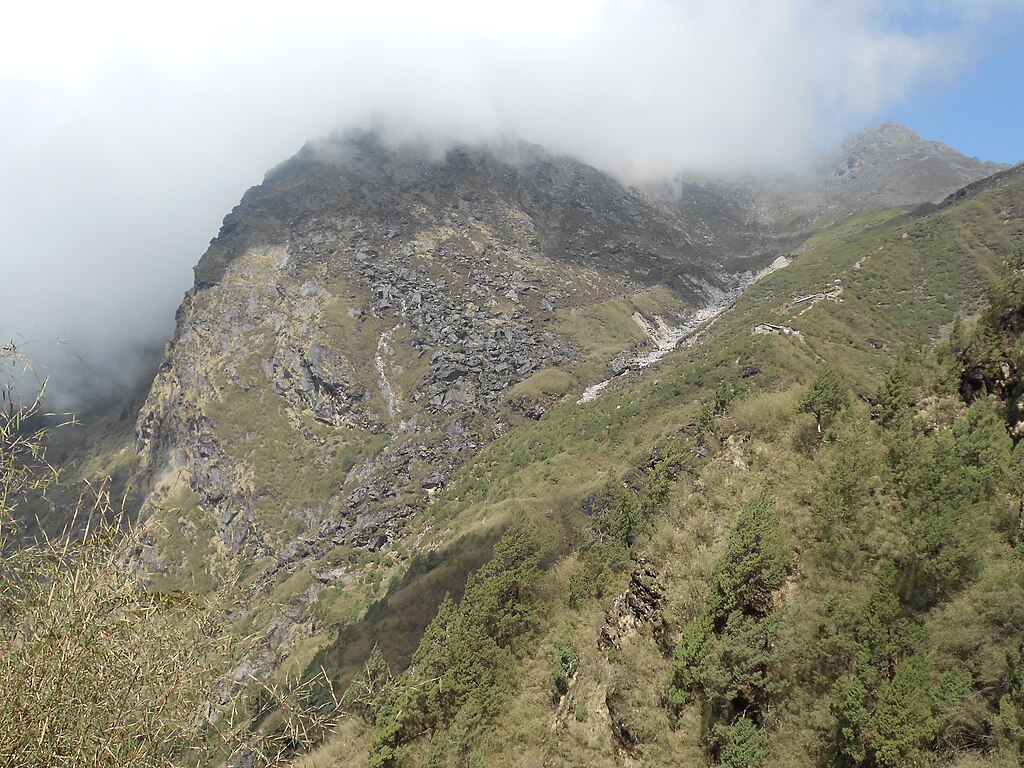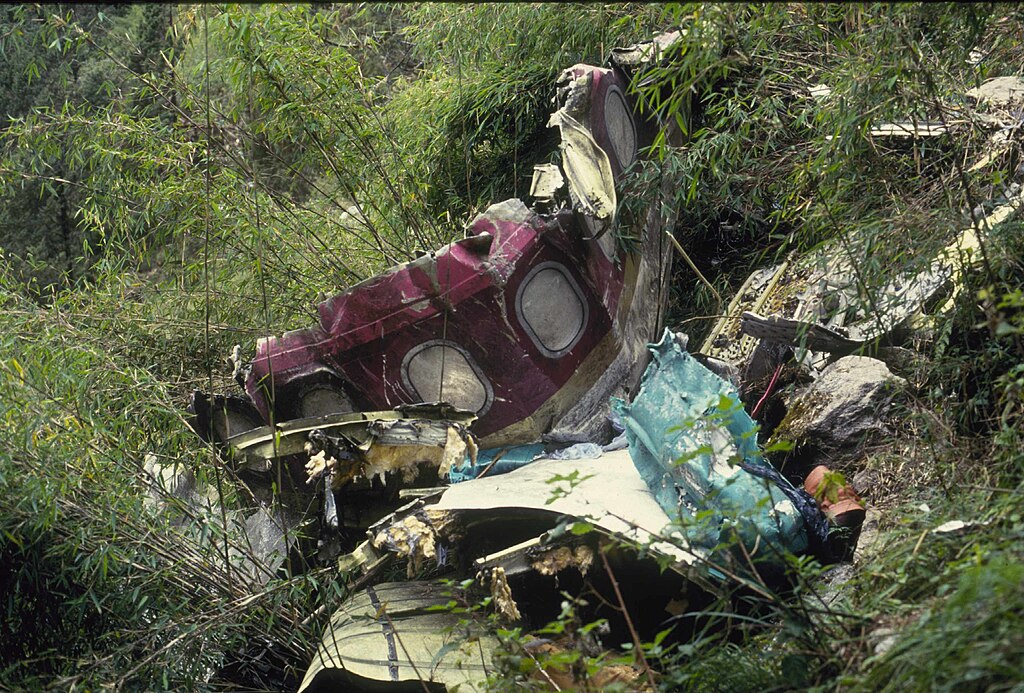Aviation in Nepal began around the 1950s. The flag carrier of this nation: Nepal Airlines used to be a glorious carrier that operated to Europe as well. However, it wouldn’t be an exaggeration to say that the nation’s aviation is reeling. Many of the airports in this nation lie abandoned, the biggest airline scam in the nation cost about two billion to the government, and there are allegations that Pokhara International Airport was a debt trap set by China.
The nation has the moniker of being one of the most dangerous nations in the world to fly. One of the factors behind this is the fact that it houses the most dangerous airport in the world – Lukla Airport. Besides, some of the crashes in the nation have been caused when the air traffic officer, “failed to close the airport (during deteriorating weather) as per the approved SOP” . One of the high-profile crashes in the nation was Thai Airlines Flight 311. But what is the full story of this flight which was to turn out to be the biggest crash in the nation? Let’s find out.
Thai Airlines Flight 311: history and background

Photo: Torsten Maiwald | Wikimedia Commons
On July 31, 1992, 32 years ago, Thai Airlines Flight 311 took off from Bangkok to Kathmandu. After 2 hours and 30 minutes, the aircraft entered Nepal’s airspace. However, the month of July marks the monsoon season in the nation, hence Kathmandu was experiencing heavy rain. To compound the issue, Tribhuvan International Airport – the first of the international airports in the nation – was not equipped with a radar at that time. If you want to learn about how radar helps detect an aircraft, you can read our guide below:
The pilot needed to land the aircraft using instructions amid challenging weather conditions at night. When they attempted to land in Kathmandu, the flaps did not open, prompting them to try landing in Kolkata instead.
Thai Flight 311 missed the runway on the first approach and went for a second attempt, but the aircraft was 37 km north of the airport and crashed into the Langtang mountains. This incident remains the second-largest air crash in Nepal’s history. Here are a few facts about the aircraft in question:
- The aircraft involved in the accident of Thai Airlines Flight 311 was an Airbus A310-304, which had been in service for less than 5 years by 1992.
- It was registered as HS-TID
- Flight carried 99 passengers and 12 crew members on board, totaling 113 occupants
- Captain Preeda Suttimai, who had logged 13,200 flight hours,
- First Officer Phunthat Boonyayej had logged in a total of 14,600 flight hours
The first two letters, “HS,” represent the state or territory where the authorities register the aircraft, indicating Thai nationality. The third letter, “T,” stands for the owner of the aircraft, which is Thai Airways. The fourth letter, selected by the owner, represents the aircraft type; in this case, Thai Airways uses “I” for the Airbus A310-304. The fifth letter
Initial journey of Thai Airlines 311

Photo: Andre Wadman | Wikimedia Commons
Both pilots were ready for the flight to Kathmandu, and the aircraft took off from Don Mueang International Airport in Bangkok, Thailand, at 10:30 ICT. The 2-hour and 30-minute flight was scheduled to land at Tribhuvan International Airport at 12:55 AM. The approach to Kathmandu was not new for either pilot, as they were familiar with Tribhuvan International Airport. However, pilots find landing in Kathmandu challenging due to the surrounding mountains, as there is what is known as a “step-down descent.”
After two hours, the aircraft entered Nepal. Due to the monsoon season, Kathmandu was experiencing rain and cloud cover, resulting in low visibility. The pilots needed to land using navigation rather than visual cues. Upon entering Nepal’s airspace, Thai 311 requested permission from ATC. As the aircraft approached Kathmandu, the weather worsened. This was followed by a series of events that were to affect the course of Thai Air Flight 311:
- ATC informed Thai 311 that traffic was clear below 1,500 feet, and the aircraft began descending from 3,500 to 1,500 feet.
- Suddenly, the weather changed, and the wind direction shifted, reducing runway visibility to only 1.5 km due to heavy rain.
- ATC then informed Thai 311 that runway 02 was not available and that runway 20 was available for landing. However, approaching the latter of these runways would mean that the aircraft had to factor in the presence of large mountains.
- When the First Officer attempted to extend the flaps to 15 degrees when the aircraft was at an altitude of 9,500 feet, they did not work. The pilots reported to ATC that the flaps were not functioning. Without the ability to use the flaps, the crew would not be able to land in Kathmandu, so they wondered if going to Kolkata was an option. However, the crew managed to get the flaps working again, and decided to land in Tribhuvan International Airport.
Note: [One of the glaring issues with Thai Air 311 was the issue with the communication. Although the duty to communicate with ATC was assigned to First Officer Phunthat Boonyayej, Captain Preeda Suttimai was also communicating with ATC in the cockpit. And this would have an effect on the flight.
Request Restart the approach from Romeo
When Thai Air Flight 311 was merely 20 kilometers from the airport, it was too high above the ideal approach path, making it unsafe to descend for landing. The crew requested air traffic control (ATC) to turn back to the Romeo waypoint and attempt the approach again.
When the Captain requested a turn back, he received no response from ATC, despite calling four times. Frustration grew as the ATC controller, who had only joined nine months prior, struggled with language barriers and confusion. The aircraft was just 13 km from the airport, so they needed to turn left and climb to 11,500 feet to restart the approach from the Romeo waypoint, as reported in the book “Aviation Disasters”:
” However, the A310 was by then too high and too near the airport to continue a straight-in approach, and so the crew abandoned the landing attempt completely, requesting clearance to proceed southward towards the Romeo navigational fix, a point located 41 nautical miles (75 km) out on the 202-degree radial, to begin another approach using the same procedure. After four requests to the Kathmandu tower controller for a left turn had gone unheeded, the aircraft finally turned right from its north-northeasterly heading and commenced a climb from 10,500 ft (3,200 m) to flight level (FL) 180.”
Was the workload a factor in the crash of Thai Air 311?

Photo: LawrieM | Wikimedia Commons
The First Officer was setting the Romeo navigation but encountered an error, which further frustrated the Captain, who was already facing a heavy workload. The Captain had doubts about First Officer Phunthat Boonyayej, a 52-year-old pilot who, according to Preeda Suttimai, would never become a captain, leading to a lack of trust and prompting the Captain to communicate with ATC himself.
Without realizing it and with no visual reference from the windscreen, the Captain had turned the aircraft to a north heading. Instead of executing a 180-degree turn and head to the south, the aircraft completed a full 360-degree turn, heading towards the north. Both pilots focused on the Romeo Waypoint and did not realize they had circled back, now flying toward the highest mountains in the world while climbing to 11,500 feet and heading toward a 16,000-foot tall mountain.
A few minutes later, the co-pilot realized the compass on the navigational screen was heading north. The co-pilot’s words made the Captain think about when he would turn north. Then, the pull-up alarm sounded. He dismissed it as a false alarm, questioning how they could be heading toward a mountain.Sixteen seconds after the alarm sounded, the plane slammed into a cliff, and locals heard the impact.
“When he later reported ‘We are five DME from Kathmandu’, the aircraft was in fact north of the airport. It was determined from the cockpit voice recorder (CVR) tape that around this time the crew experienced difficulties when inserting the Romeo fix and other navigational information into the aircraft’s flight management system (FMS), with the captain radioing, ‘We got some technical problem concerned with the flight’. Only about 5 minutes later, and after its course had turned slightly to the left to a heading of 5 degrees, the A310 struck the south-east ridge of a mountain in Langtang National Park on the 015-degree radial. “
Thai Airlines Flight 311: causes and analysis
A few of the causes behind the crash of Thai Airlines Flight 11, as highlighted by the Aviation Safety Network, include the following:
- TG311 flight crew’s management of the aircraft flight path wherein the flight proceeded in a northerly direction which was opposite to the cleared point Romeo to the South.
- Ineffective radio communication between the area control centre and the TG311 flight crew which allowed the flight to continue in the wrong direction,
- The TG311 crew never provided the aircraft’s VOR radial when stating the DME, and the controller never solicited this information. As a result, the crew did not transmit the aircraft’s position at any time, and they demonstrated ineffective cockpit coordination in conducting flight navigation duties.
Casualties and Aftermath of Thai Air 311

Photo: Marphanepal777 | Wikimedia Commons
The plane slammed hard into the mountain, killing all the passengers and crew members and making it difficult to find parts of the aircraft. A few weeks after Thai Air Flight 311 crash, Pakistan International Airlines Flight 268 crashed, and was the start of a string of high-profile aviation accidents that would tarnish the aviation safety in the nation.
